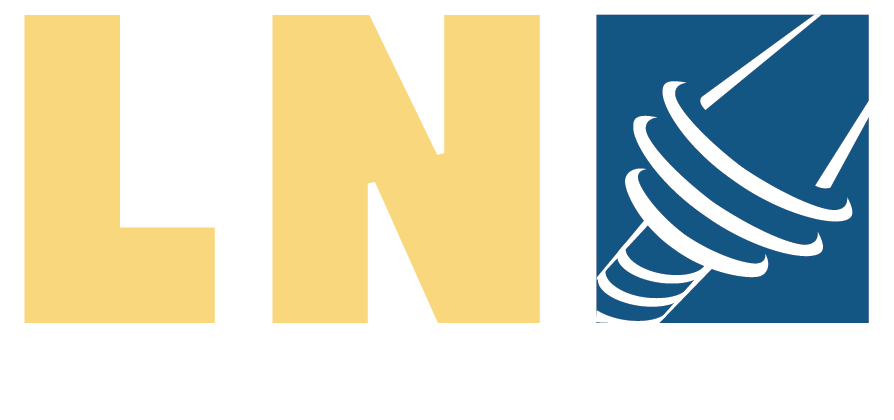Rotary Tables
Clearance
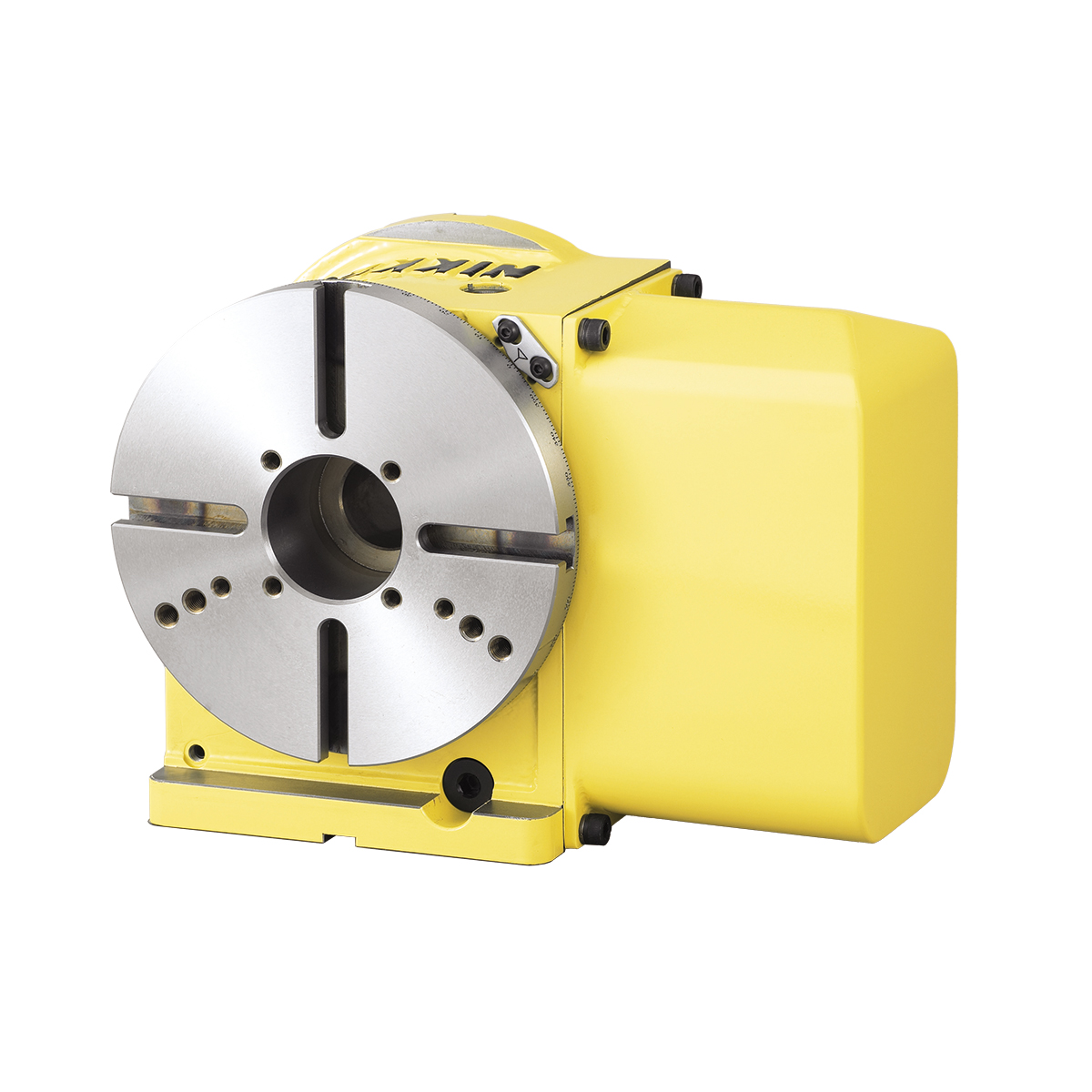
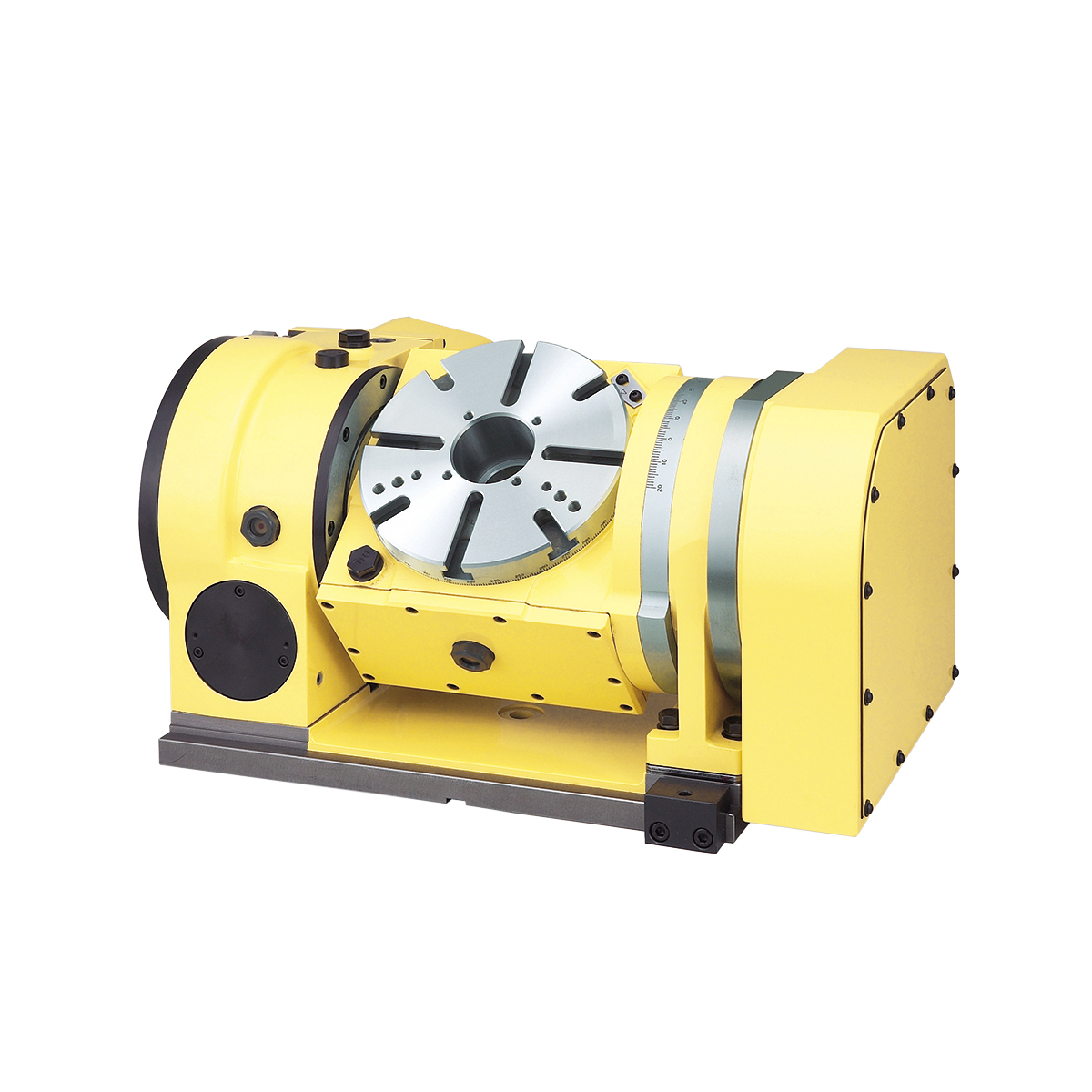
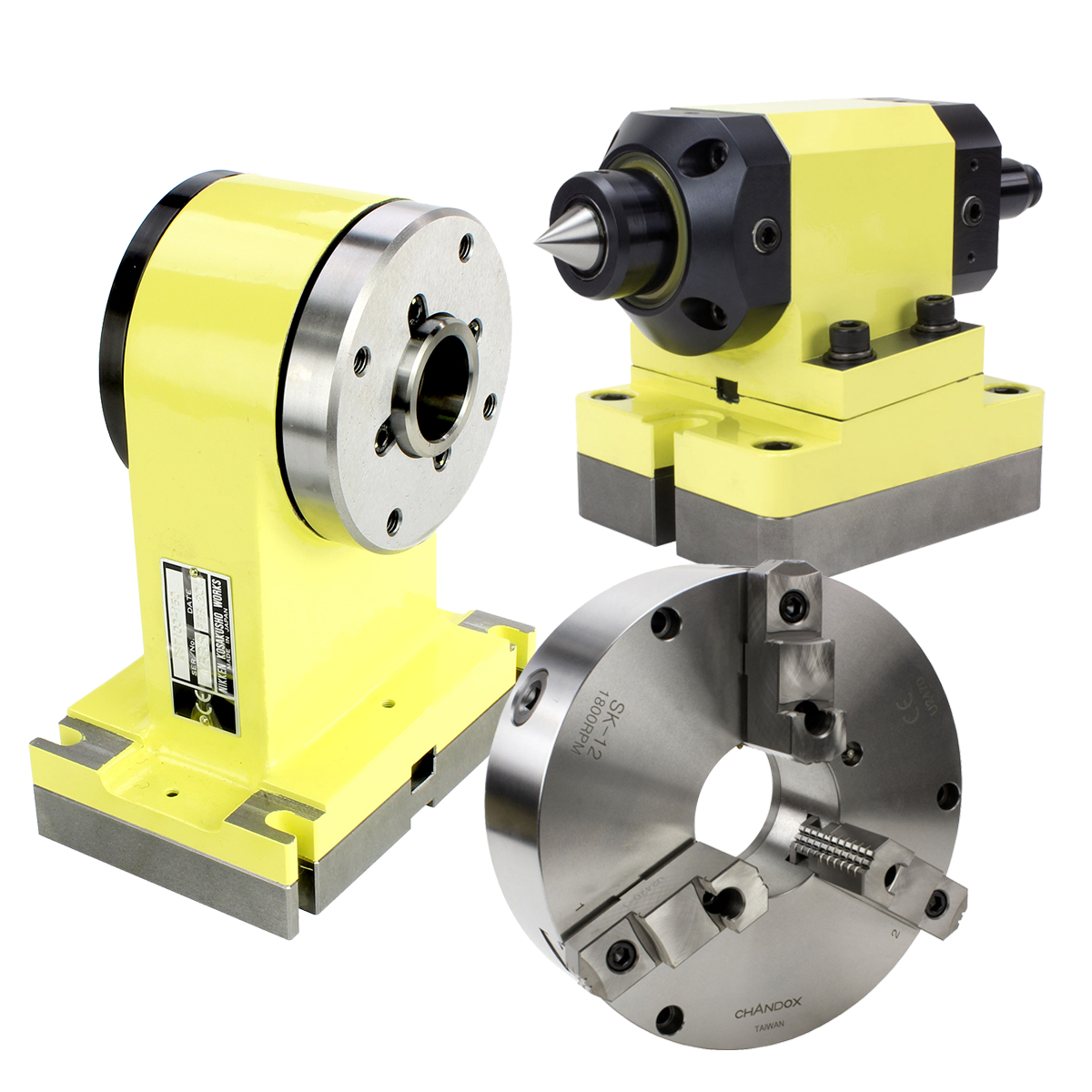
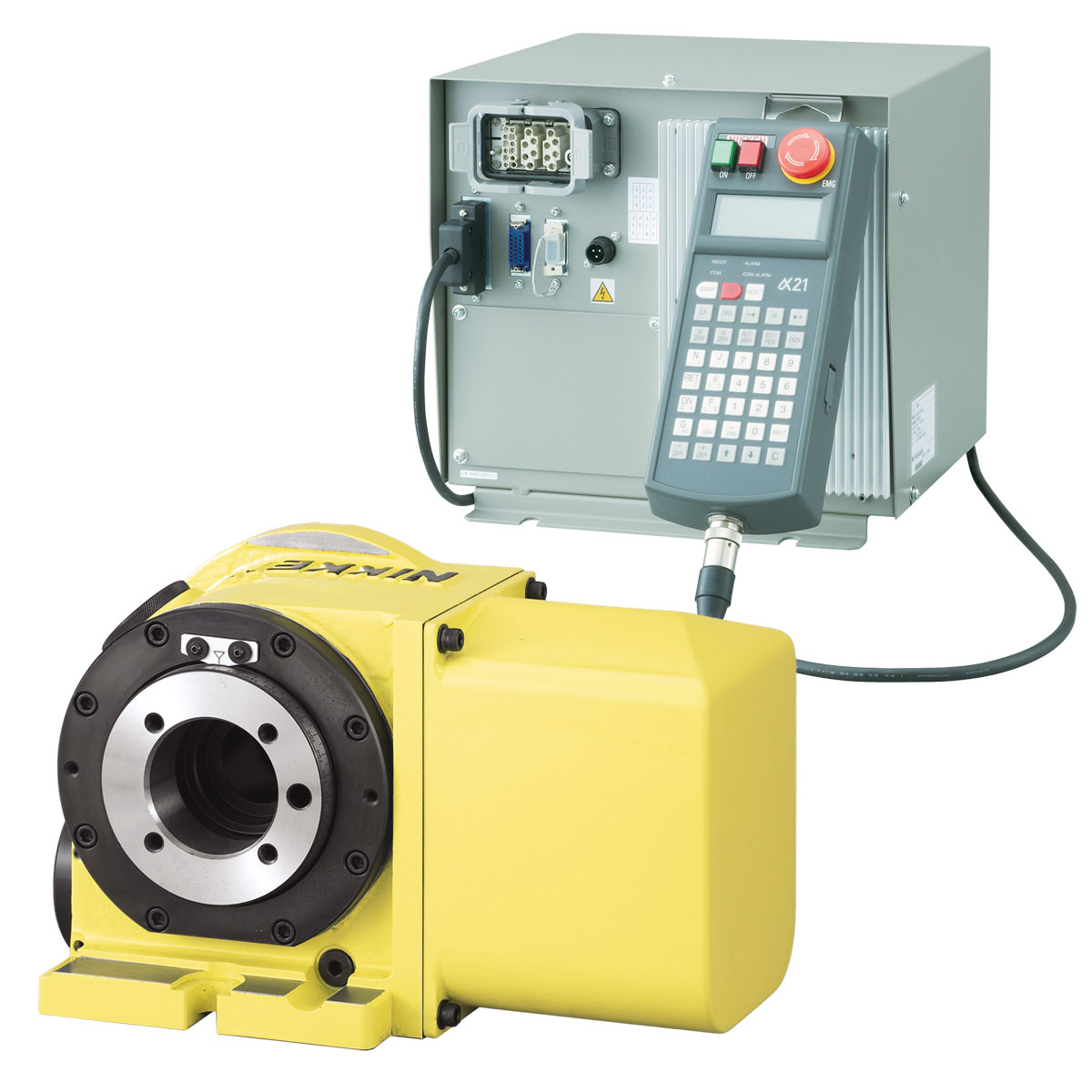
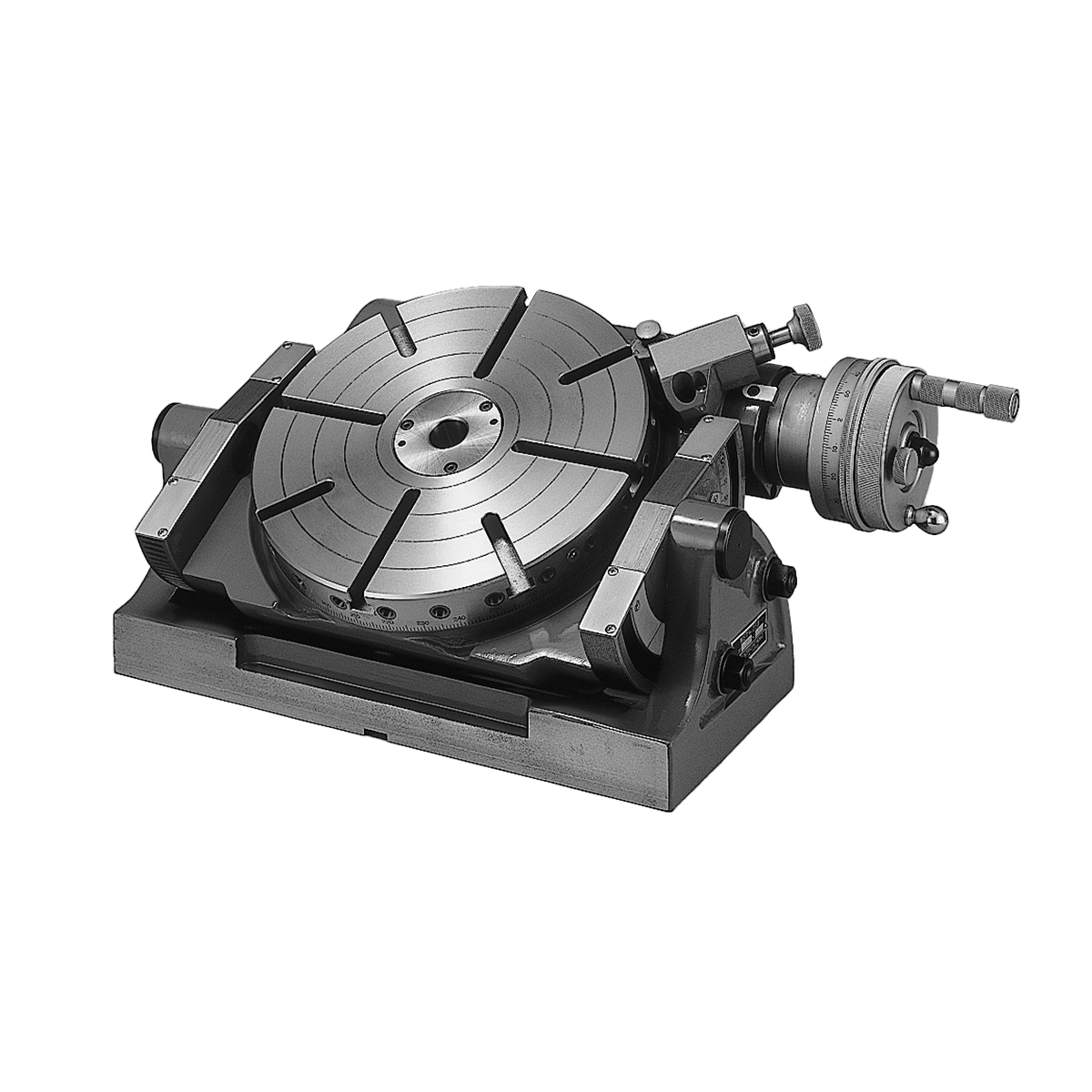
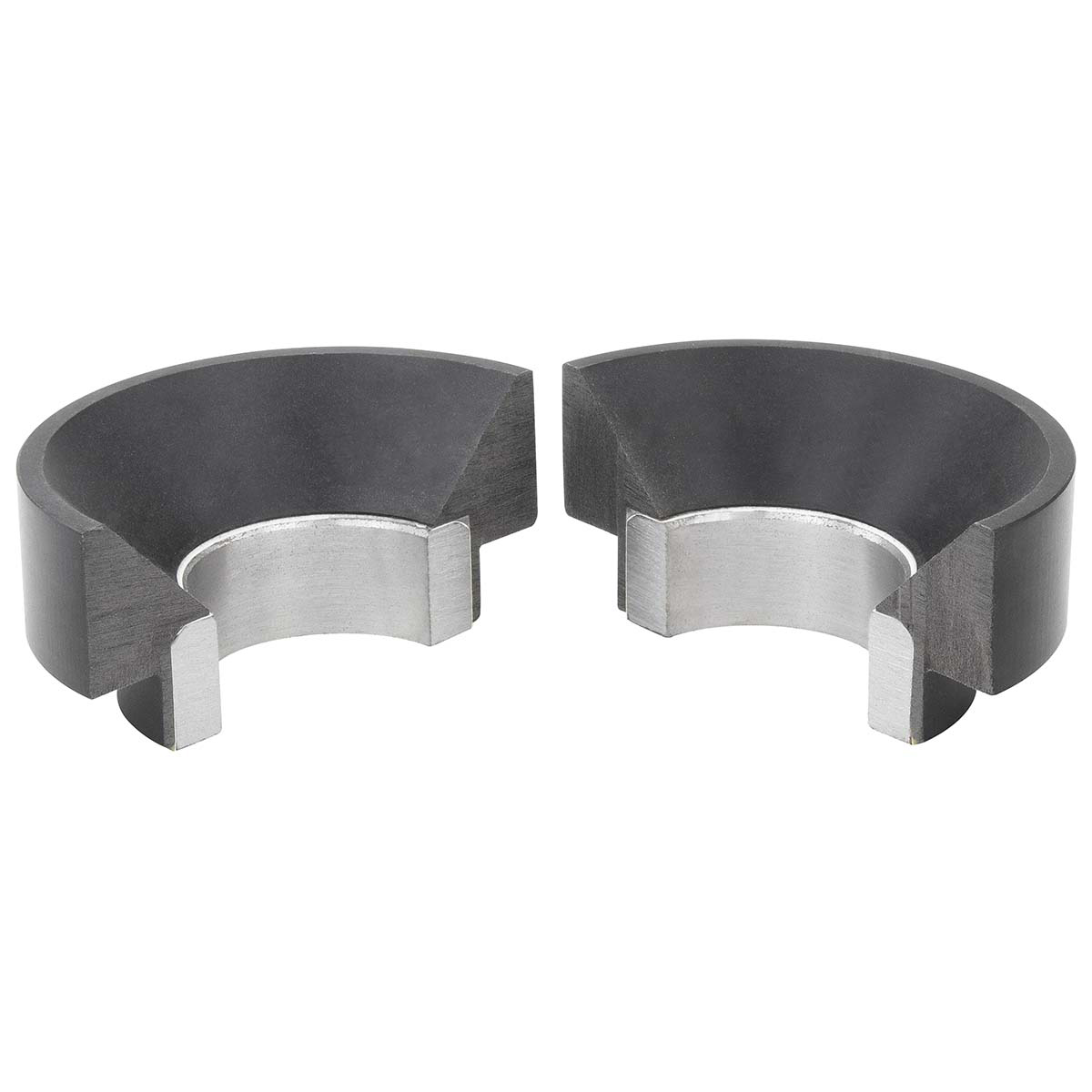
CNC Rotary Tables
Rotary tables mounted on machine tools add a rotational axis to the machine's capabilities. This allows for increased flexibility and facilitates the rotation of workpieces during machining that is necessary for multi-axis machining, contouring, and indexing. So, rotary tables can contribute to increased productivity, precision, and the ability to produce intricate and complex parts.
Some common challenges when machining can be related to positioning, accuracy, complexity, and efficiency. A CNC rotary table can be a versatile solution to overcome these challenges including:
- Multiple-Sided Machining: When machining a workpiece that requires operations on multiple sides or angles, manually repositioning the piece can introduce errors. A rotary table enables precise repositioning, ensuring accurate machining without disrupting the setup.
- Complex Geometries: Creating intricate shapes or contours often requires machining at various angles. A rotary table facilitates the machining of complex geometries by allowing precise control over the workpiece’s orientation.
- Time-Consuming Setup: Manually repositioning and aligning a workpiece for different machining operations can be time-consuming. A rotary table minimizes setup time by quickly and accurately positioning the workpiece.
- Inconsistent Accuracy: Aligning and repositioning a workpiece manually can lead to inconsistencies in accuracy. A rotary table ensures consistent and repeatable positioning, resulting in higher precision across multiple machining operations.
- Dedicated Machine Cost: For machine shops that cannot justify the cost of a dedicated 5-axis machine, retrofitting a rotary table to an existing 3-axis machine offers a more economical solution to achieve multi-axis machining capabilities.
- Space Limitations: Acquiring a separate 5-axis machine might not be feasible due to space constraints. A rotary table integrated into a 3-axis machine provides a space-efficient alternative.
- Inefficient Workflow: Some jobs may not require the full capabilities of a 5-axis machine. Using a rotary table allows machinists to tailor their equipment to specific tasks, optimizing efficiency.
- Tool Access: In certain machining scenarios, accessing the workpiece from various angles can be challenging. A rotary table provides the ability to position the workpiece optimally for easy tool access.
- Fixture Interference: Complex workpieces may have fixtures or clamps that interfere with tool paths. A rotary table helps to adjust the workpiece orientation, reducing or eliminating fixture interference.
- Human Error: Manually adjusting workpiece positions introduces the risk of human error. A rotary table’s automated and precise positioning reduces the chances of mistakes during setup and machining.
Rigidity, Accuracy, and Durability in Rotary Tables
Nikken rotary tables are recognized worldwide for their wear-resistance, rigidity, and high-speed rotation. Nikken rotary tables are designed and built to provide high accuracy, increased production, and a trouble-free long life.
Unique to Nikken rotary tables is the innovative and patented carbide worm system comprised of a carbide worm screw, ion nitrided worm wheel (HV930), and hardened steel bearing surface (HRC58-60). The V grade solid carbide worm screw helps to ensure high rigidity and virtually eliminates wear. Compared with traditional worm system combinations (consisting of phosphorus bronze and aluminum bronze), wear is reduced by up to 8 times, and overall accuracy is substantially increased. Additionally, the worm wheel has specially hardened, ion-nitrided treated teeth that eliminate sliding friction.
Watch the video to learn more:
Innovative Carbide Worm System for Rotary Tables
Worm Wheel - The fine pitch of the NIKKEN worm wheel contributes to 4 arc second repeatability. NIKKEN’s unique construction shrink fits the worm wheel onto the solid faceplate and quill body.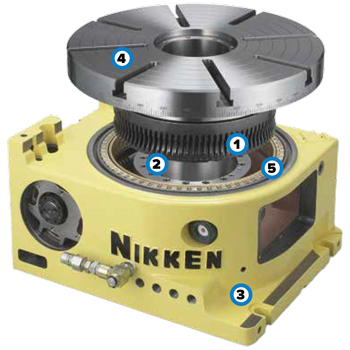
The NIKKEN worm wheel and screw system in conjunction with the tables higher speed rates create a hydro-static high pressure oil film, virtually eliminating the wear between the gears.- Worm Screw - The NIKKEN worm screw is a combination of special hardened steel and custom-made carbide. As a consequence, and ultimately a benefit, friction between the screw and worm wheel is eliminated. The thread ground carbide worm gear and honed steel worm wheel are hand matched and paired to maintain maximum thread engagement and rotation accuracy (this also adds to the rigidity overall).
- Casting - NIKKEN rotary tables utilize fine grain high-density grey cast iron. These castings offer long-term stability, low distortion with high strength and rigidity. The castings are rough machined, after which a period of 30 days is allowed for the casting to stabilize before the rotary table is prepared and put through the finish machining process.
- Faceplate - Our design features a much shorter distance from the faceplate to the gear. This means that greater torsional forces can be sustained. Braking is applied directly to the spindle, which is a mono block construction incorporating the faceplate, adding greater rigidity overall.
Radial Bearing System - Located directly under the edge of the faceplate is the Radial Bearing System. This position maximizes load distribution. We also incorporate a Teflon seal in lieu of an ‘O’ Ring. The bearings are handpicked and matched (in increments of 1 micron) between rotary table and faceplate assembly, ensuring the utmost rotation accuracy and elimination of unnecessary movement between the two parts.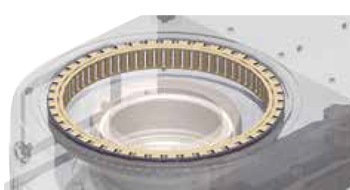
Eliminate Backlash & Friction in Rotary Tables
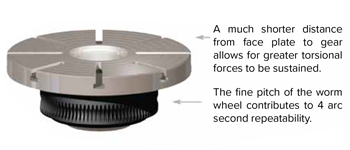
Nikken’s unique design shrink fits the worm wheel onto the solid faceplate and quill body. This along with the hand pairing of the carbide worm screw eliminates backlash.

The material used for the Nikken worm wheel is custom made steel, specially hardened and ion nitrided on the teeth. As a consequence, friction between the gears is eliminated.
Roller Evoluation Drive (RED) Rotary Tables
Equipped with a new red mechanism, Nikken's Roller Evolution Drive (RED) rotary tables are desgined with a new drive system for high speed, high rigidity, and high accuracy. Benefits of the RED rotary tables include:
- High Rigidity Mechanism - In the standard roller CAM system, CAM shift (input gear) and turret (output gear) are installed horizontally. However, the Nikken red table has a mechanism that is installed vertically resulting in approximately a 25% increase in the transmission efficiency which translates into higher rigidity and higher precision.
- No Backlash Mechanism - The Nikken RED rotary table achieves zero backlash by using our own barrel CAM mechanism and we preload it to rotate the roller with good transmission efficiency between the input gear to the output gear.
- Maintenance Free - The barrel CAM system is designed with the roller rotation system that requires minimum maintenance. In case of damage, CAM shaft parts can simply be changed.
- Highly Efficient Roller Transmission for Production - A high efficient roller transmission increases optimization of production. It is maintenance free so there is no need for scheduled adjustment work - reducing the operation cost.
- Machining Time Reduction Due to Brakeless Machining - As Nikken's RED table has no backlash, mechanical brakeless machining can be done for some material, shapes, and machining.
- Advanced Design with Tilted Cover - Designed for full automation support, Nikken RED table bodies have a tilted cover for easy flow of chips and coolant.
Watch the video to learn more:
Videos: Hear and see for yourself how Lyndex-Nikken quality rotary tables provide optimal machining solutions.
Nikken rotary tables in action on FANUC RoboDrills machines:
Nikken rotary tables in action on Haas machines:
